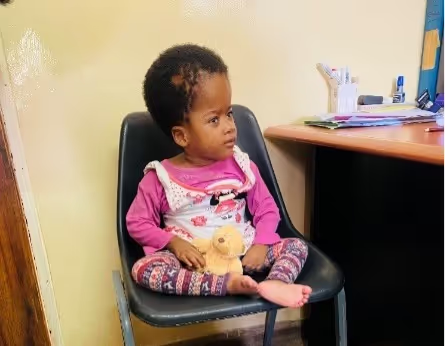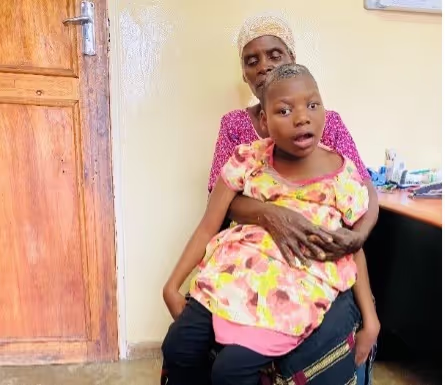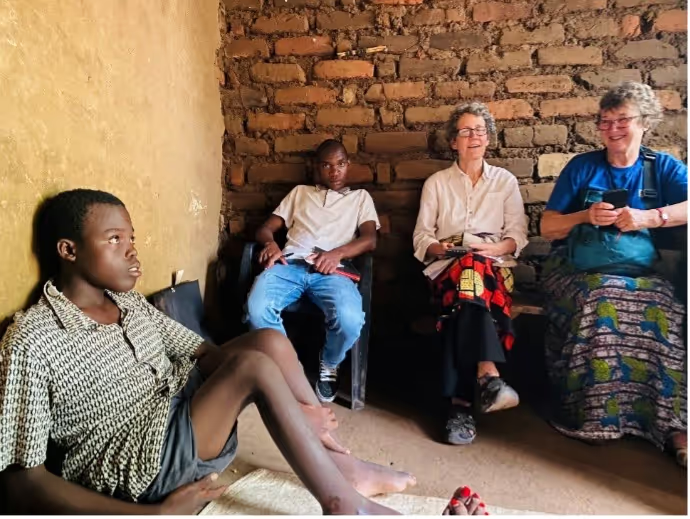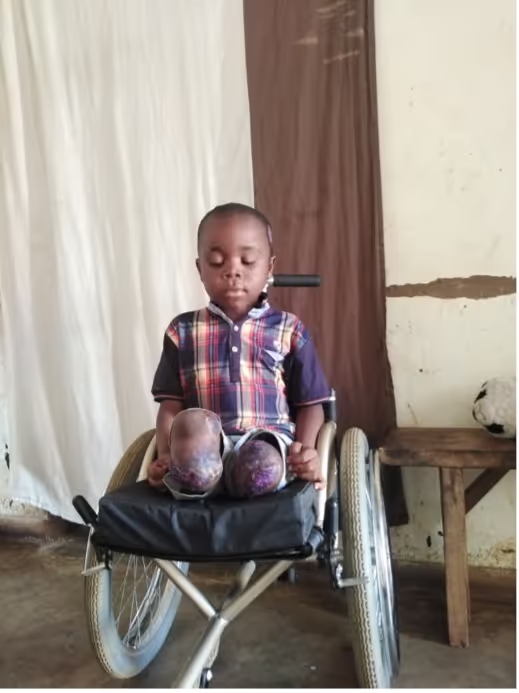Support for J.A.: A Brave 7-Year-Old Living with Hydrocephalus
August 4, 2025
5
min read

J.A. is a courageous 7-year-old girl who has been diagnosed with Hydrocephalus, a serious neurological condition caused by an abnormal accumulation of cerebrospinal fluid (CSF) in the brain’s ventricles. This buildup places increased pressure on the brain, which can lead to symptoms such as an enlarged head, vomiting, irritability, seizures, and delays in physical and cognitive development.
Due to the nature of her condition, J.A. faces significant challenges with mobility and muscle control. She is unable to sit independently for long periods and is at heightened risk for complications such as pressure sores, joint contractures, and spinal misalignment. Her limited ability to move and maintain proper posture also makes it difficult for her to participate in daily activities, whether at home or in a learning environment.
To improve her quality of life, J.A. would greatly benefit from a Cerebral Palsy (CP) Chair—a specialized seating system designed for children with neurological and physical disabilities. While her diagnosis is Hydrocephalus, the physical challenges she experiences closely mirror those associated with Cerebral Palsy. A CP chair would offer her proper postural alignment, pressure relief, and greater comfort, allowing her to engage more easily in feeding, communication, learning, and play. It would also help reduce the physical strain on her caregivers, who currently must provide constant manual support.
Another critical aspect of J.A.’s care is nutritional support. Children with neurological conditions often face feeding difficulties, such as poor oral motor control, fatigue during meals, or gastrointestinal complications. These challenges put her at serious risk of malnutrition and growth delays. Ensuring J.A. receives appropriate nutritional assessments, fortified meals, and feeding assistance is essential to support her physical development and immune function.
With the provision of a CP chair and targeted nutritional interventions, J.A. can experience significant improvements in comfort, health, and overall well-being. These supports would not only promote her physical growth but also enable her to participate more fully in the joys and routines of childhood.







